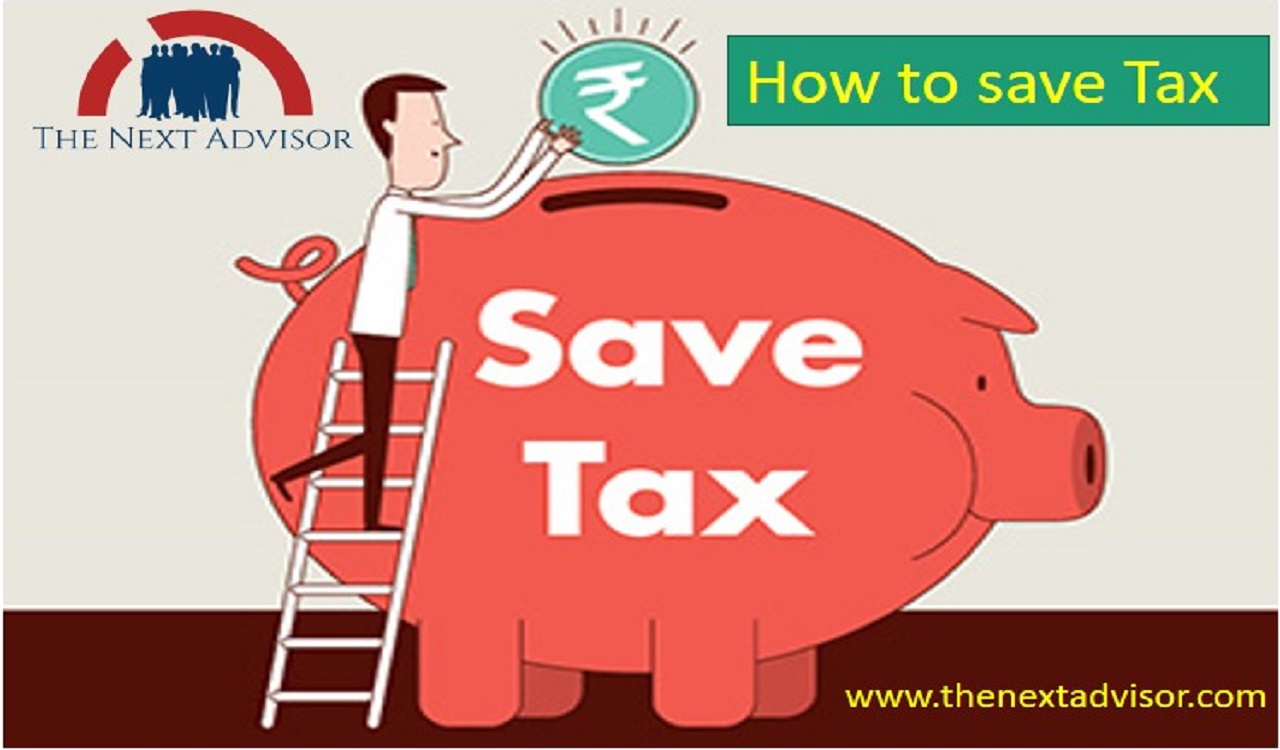If you are a salaried employee and you pay income tax, then I would like to explain here how you can pay less tax or how to save tax. If you are an employee, then it may be possible that you already know about these methods. But in case you do not know, you must. And if you plan on working in the future, then you should know about them.
Friends, if you are an employee or plan to be one in the future, you can save on income tax by investing in the right places. Section 80C of our Income Tax Act, informs us about the places where you can invest to pay less tax. It is known as ‘Deduction’.
If you invest in these places, you will get a deduction from your income. So that you do not have to pay tax on that amount. So basically you are saving on your income tax. Section 80C says that if you invest a total of Rs. 1.5 lakhs in specific things, then you will not have to pay tax on that amount. So I am explaining here those specific things through which you can get the answer of question that how to save tax. And I would also like to put your attention to the most popular and the safest options among these.
How to Save Tax?
The first method to save the tax is EPF- Employees’ Provident Fund-
Which is one of the older and more popular schemes introduced by the Government. You can apply for an EPF if you draw a salary, whether you are employed somewhere or self-employed. As per this scheme, 12% of the salary that you draw is invested in EPF, while your employer invests an additional 12% on your behalf.
So in total, 24% of your salary goes into EPF of the 12% that you pay, and you do not have to pay tax on Rs 1.5 lakhs per year. And the amount that the employer pays on your behalf, you do not have to pay tax on any of it. So you save a lot on your income tax if you invest your salary in EPF.
Once you invest in EPF, you earn an interest of around 8.5% on your savings. The exact interest rate is decided by the Government every year and may fluctuate a little, in the financial year 2017-18, it was 8.55%. When can you withdraw the money from EPF? Generally, there is a lock-in period of 5 years. This means you cannot withdraw the money before 5 years. Even after 5 years, a few conditions limit the amount of money you can withdraw, according to the reason for withdrawal.
For example, if you need money for your child’s education or marriage, then you can take withdraw money from your EPF account. But generally, this policy was made by the Government to provide for you after your retirement, when stop working, you can withdraw your money from your EPF. That was the purpose for which it was created and named after.
While you are an employee, you invest in the Employees’ provident Scheme, and when you retire and stop drawing a salary, you can use this Fund. Investing in EPF is very simple. simply go to your employer and ask them to register you for an EPF, if they have not already. once that is done ask for the man’s number. After which, download the Umang app. this app was introduced by the government. it shows the monthly balance of your EPF account and the interest earned. you can go to the section of the app. this app was created by the government rather than a private company.

How to Save Tax
The second method to save the tax is Public Provided Fund (PPF)
similar to EPF another amazing scheme by the government for tax saving is pdf. this applies to everyone and it is very simple. you can invest Rs 1.5 lakhs in a year per person and you can get returns at a 7.6 interest rate. the government decides its exact return rate year, like EPF. but it sticks to around 7.6 percent. you can start a PPF account for every person in the family, even if you have kids less than 18 years old, and invest rs 1.5 lakhs per year in the PPF account on their behalf.
For example, if you invest Rs 1.5 lakhs every year for 10 years, and the interest rate remains 7.6 percent, after 10 years your investment amounts to Rs 15 lakhs. but you get Rs 23 lakhs. so you can see the huge difference between Rs 15 lakhs and Rs 23 lakhs. so I will recommend you should go for a PPF. And the best thing is that on the Rs 23 lakhs that you withdraw, you do not have to pay any tax. But if you had invested the same amount in some other place, like in a fixed deposit or stock market, you would have had to pay tax on the returns.
That is the difference. So how do you register for a PPF? It is very easy, you can go to any post office or a designated bank to register for PPF. There are no set rules about how you have to invest in the PPF. You can deposit a certain sum monthly or yearly. The lock-in period for PPF is 15 years.
It is a long-term investment. If you want to withdraw the full amount from the PPF account then you do so only after 15 years. Another major advantage of EPF and PPF is that they are government schemes and are the safest options to invest in because of Zero risk. The market may fluctuate but your money will be safe. The returns in the stock market or any other place are unpredictable. But here the return is fixed and the risk is zero.
The third method of investment in a tax saving scheme is ELSS. Equity Linked Saving Schemes.
ELSS is a type of mutual fund and is also covered under Section 80C. If you invest money in this, Rs 1.5 lakh per year will be exempt from tax. But it is linked with the market, so the returns will fluctuate with the market. Potentially, it can give returns much higher or lower than EPF or PPF, because it depends on the market. How can you invest in ELSS?
You can go through an Asset Management Company, or use an app like the GROWW app. GROWW app is for Mutual Funds where you can find filter several mutual funds. The ratings of different mutual funds are also available. including ELSS. So you can look into different types of ELSS funds and check their reviews. GROWW app shows you the historical performance of all the mutual funds. You can check this for every mutual fund. If you invest in ELSS, check its historical performance.
However, you cannot predict the future of the market based on historical performances, but you can get an idea of returns to expect, for example, assume that you invest Rs 2 lakhs in less which increases to Rs 2.5 lakhs after 3 years. you do not have to pay tax for Rs 1.5 lakhs of it, nor on the interest that you earn in the 3 years. However, there is a new tax of 10 percent introduced in 2018, the long-term capital gains tax.
It will be applicable on the amount that you withdraw, in case it exceeds more than rs 1 lakh. there will be no taxes other than this. the lock-in period for ELSS is 3 years. the fourth option for tax savings is life insurance. but life insurance is not considered an investment, because you do not invest in life insurance for the returns. you invest in life insurance for security. if you invest in life insurance, it is also included under section 80c. you do not have to pay tax on rs 1.5 lakhs of your investment.
My suggestion while taking life insurance would be to take pure insurance, known as ‘term insurance. nowadays, many life insurance companies collaborate with banks. and try to sell schemes where they show high returns of investment to you. however, stay away from these things because they have high risks and hidden charges.
Unfortunately, the Rs 1.5 lakhs limit mentioned above at every place is for the total investment. which means, for example, if you invested Rs 10 lakhs in eps, pdf, life insurance, and less, then out of the rs 10 lakhs, only rs 1.5 lakhs per year would be exempt from tax. as per section 80c. similarly, there is a section 80d for health insurance, whose maximum limit is Rs 50,000. if you invest up to Rs 50,000 in health insurance it will be tax-free.
If you have kept your money in a normal savings bank account, and you get interested in it at around 3-4 percent, the interest that you get there is exempt from tax till 10,000 rupees, this is defined in section 80tta. this is a new section in the income tax act, which states that the interest from a saving account will be exempt from tax till Rs 10,000. these were the most popular ways of savings taxes, which are recommended by the government itself.
If you want to know more about these methods and the benefits applicable to a salaried person, then visit the link incometaxindia.gov.in. you will get more about the benefits available to a salaried person, here. my final suggestion would be to read up on the topic and research them, only when you understand these methods properly, take any action.

























